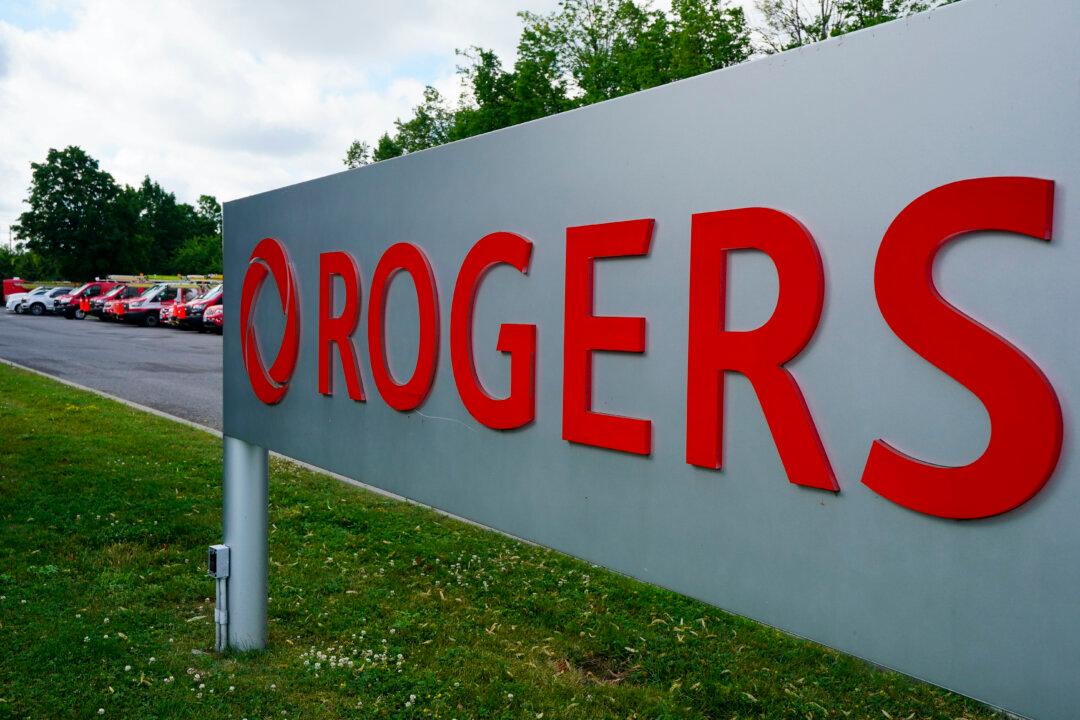The Rogers network outage that began on July 8 affected government services, businesses, banking systems, and in some cases, even 911 emergency calls.
Many Canadians were unable to make phone calls or use the internet, and incoming travellers couldn’t access the government’s ArriveCan app to submit the information required to go through customs.





